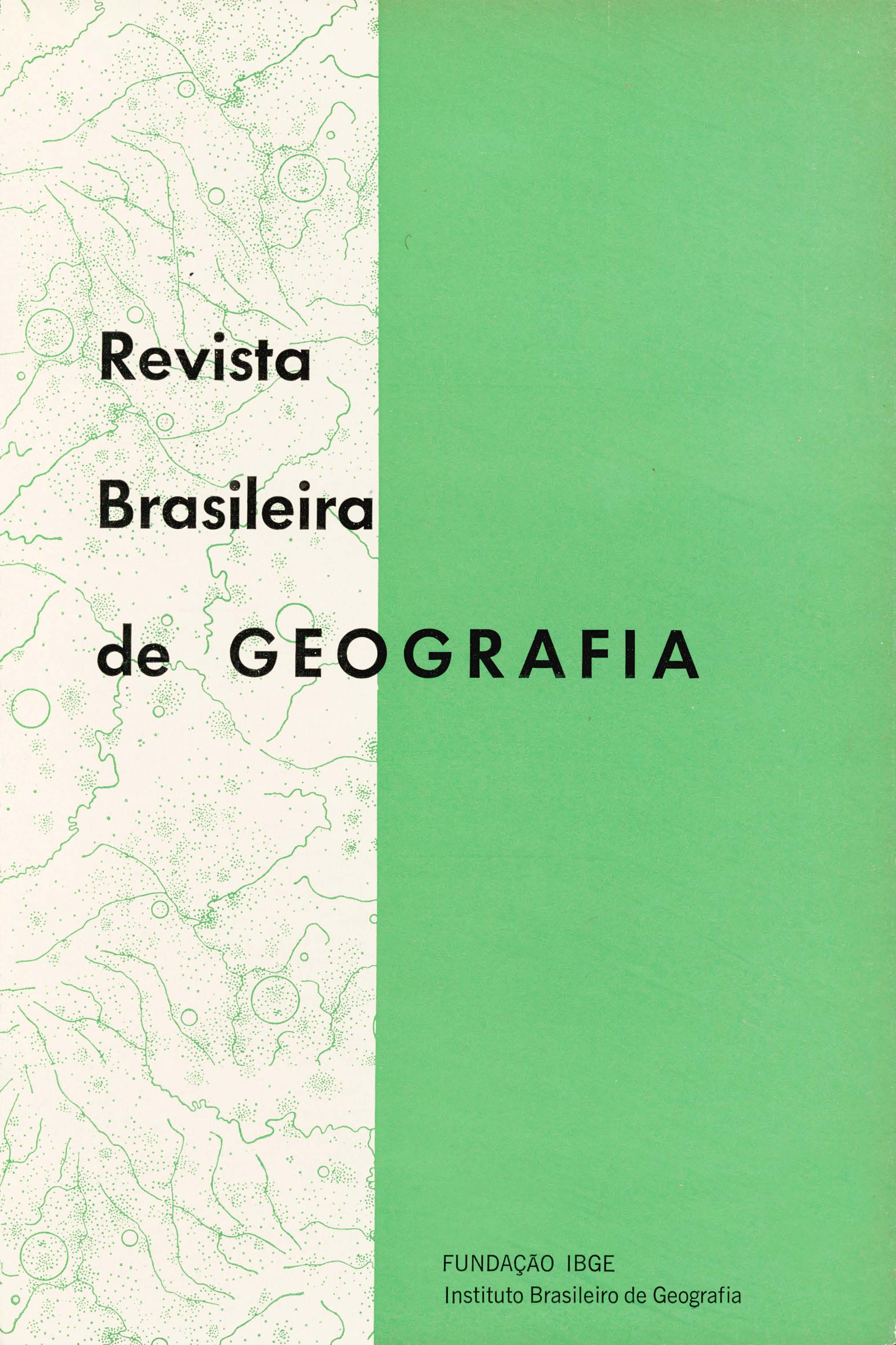O Sistema urbano brasileiro : uma análise e interpretação para fins de planejamento
Palavras-chave:
Geografia urbana, Urbanização, Planejamento urbanoResumo
The purpose of this paper is to serve as instrument to evaluate the need of a policy of urban development in Brazil, thence we have stressed, on one hand, the present stage of the urbanization process and, on the other hand, the relations among critical dimensions as the functional sizes of the towns, urbanization level and economic status, and the degree of commercial and industrial specialization.
The work was developed from the results obtained by an ensemble of analysis already accomplished about the Brazilian urban system, embodying yet results of the study of the internal migration effects in the process of urbanization and general development, and an analysis of the process of diffusion in the urban system, from the hierarchy identified in the "Divisão do Brasil em Regiões Funcionais Urbanas".
It was defined 644 towns representatives of the Brazilian urban system as a universe to be studied, and these were divided into two groups: the first one comprising 404 towns of the South-center and the second 240 towns of North-Northeast, in order to be tested in a more explicit way the Center-Periphery model.
The work was divided into four parts, where one analyzes:
- The system as a whole, seeking to place it in the context of a Center Periphery model, whose test was one of the division of global analysis in two partial analyses, on the purpose to verify the structure of interrelations in the two sub-conjuncts.
- The three dimensions - functional size, urbanization and industrialization leveis, comparing the results with other indicators, attempting to establish relations with other aspects of the development process.
- The regionalization of the process through the town typology, aiming to identify conjuncts of towns regionally grouped or not.
- Finally, one tries to give a global view, in order to point out the necessity of an urban development policy which could establish or redress a balanced development.
The results obtained show that the Brazilian urban system presents a very clear unbalances related to the process of development and of inter-intraregional nature.
The inter-regional unbalances are described by the Center-Periphery model, which has as main characteristic the existence of a developed nucleus and an underdeveloped periphery,
The nucleus is characterized by a hierarchy which approaches to a point of equilibrium. However, it also shows depressed areas formed by the periphery of the great metropolis and by pockets in the interior of the nucleus.
The periphery is characterized by high priority indexes, low urbanization indexes, and low power of diffusion of intermediary and small towns. One can, however, find centers that present greater dynamism or, at least, higher levels of urbanization composed by the state capitals and some inland towns considered as regional centers.






